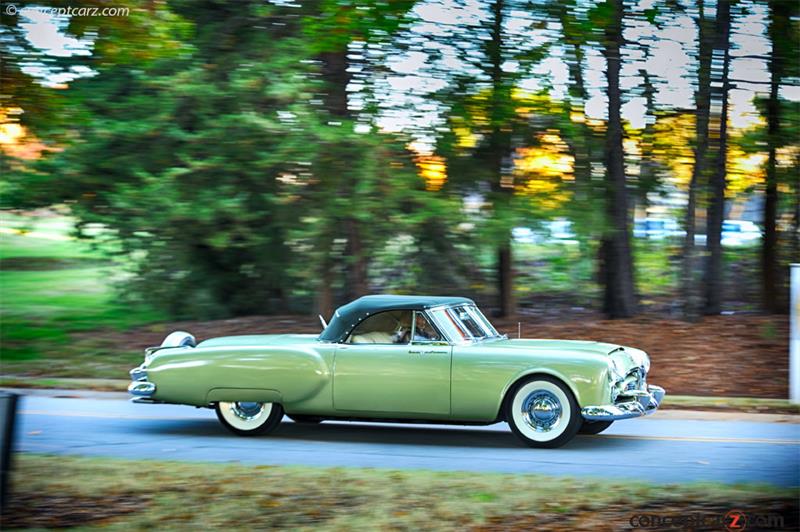Henney would be a well-known name among commercial vehicles, especially ambulances, hearses, and limousines. However, in 1952, Henney would build a special show car that would be shocking in every way, a departure from what the Packard Motor Car Company had become known for in the years between World War I and World War II. 
Convertible by Henney
View info and historyBy the early 1950s, Packard would be barely hanging on for dear life. Facing such a difficult situation there were a couple of options available to the company. Either the company would try and carry on, and likely disappear into the mist without anyone really noticing. Or, Packard would go out on a limb, departing from what everyone believed Packard to be and pray that the 'wow' factor would turn things around. Packard would choose the latter, and the Packard Pan American would be just such an example of 'wow'. Packard had been known for fine, elite automobiles. However, Edward Macauley would surmise the company could not exist on fine automobiles alone and needed to offer cheaper automobiles that could help bolster sales and weather the Great Depression storm. Many would argue this was the beginning of the end for Packard. Others would argue the company would never make it through the Great Depression had it not offered cheaper automobiles. Whatever the true reason, the fact of the matter is that, by the late-1940s, Packard was barely holding on against the mighty automakers of Ford and General Motors. Packard may have offered cheaper automobiles to help broaden its consumer base, and this may have hurt the company's reputation for building quality, exclusive, automobiles. However, the main issue would be that the Packard look dated by the time the country emerged from the Second World War. It didn't matter. Cheap or exclusive, both examples looked old-fashioned. 
Convertible by Henney
View info and historyFollowing the end of the war, buyers were looking for an experience and styling that conveyed something. Unfortunately, Packard's designs conveyed pre-war notions and reminded of those dark periods. As a result, Packard's sales slumped heavily.
By the 1950s, all of the car companies had to have a sports car, even if it were merely a concept. They had to let the consumer know they realized what they wanted and that they were looking forward instead of remaining stuck in the past. This was Packard's problem to a 'T', at least in the minds of the public. Therefore, the company would intend to make a car with a body design that turned everyone's head. What's amazing about the whole thing is that Packard would turn to a company that would have appeared to be the last thought along these lines. Packard would have a one-off design built by Vignale back in 1948. However, when it wanted to really capture the imagination and attention of the public who would they turn to? Why Henney of course. Wait…Henney?
Henney was the company to see about an ambulance, a limousine or a hearse. Now if Packard was designing their own funeral then it seemed an ideal fit to have Henney design a car that could carry the company to its grave. But the former carriage company based in Illinois would be called upon to build a striking, sporty automobile. There wouldn't have been much of a chance, at least not with anyone apprised of the situation.
Convertible by Henney
View info and historyHowever, Henney would have one, very important, member of its team and his name was Richard Arbib. Arbib would go on to work for American Motors Corporation in 1955, but before that time he would earn himself a strong reputation as a car designer while with Henney. This would be the man that would be credited with designing what would become known as the Pan American.The Pan American would be a fascinating creation with its deep channeling and sectioned design. It had taken just six weeks to build. Taken from a 250 convertible, the rear seats would be removed and a continental-style spare tire would be mounted in its place. The interior would be luxurious with leather all-around. Costing some $10,000 to build and finished in green-gold metallic, the car would be the talk of the show when it was unveiled at the 1952 International Motor Sports Show in New York. Crowds would be awe-inspired by the design of the car and it would result in the car taking home the award for the most outstanding design.The success of the Pan American would lead to those in management giving the approval for a handful of Pan Americans to be built. The car would also heavily influence the design of the Caribbean. 
Convertible by Henney
View info and historyThis particular car would be one of the five extra examples that would be built of the Pan American concept. However, what is of particular note about this car is that it is believed to be the only one to actually have a convertible top.Purchased in 1953, the 1952 Packard Pan American would become part of Ralph and Adeline Marano's collection of Packard concepts years later but remains a very special part of the fleet. Marano has also made it clear he knows the whereabouts of at least four more Pan Americans and is more than willing to add them to his impressive collection. Sources:
'1952-1954 Packard Panter and Pan American', (http://auto.howstuffworks.com/1952-1954-packard-panther-and-pan-american2.htm). HowStuffWorks. http://auto.howstuffworks.com/1952-1954-packard-panther-and-pan-american2.htm. Retrieved 26 March 2014.
Convertible by Henney
View info and history'Collection of One-Off Packards to Take the Lawn at Amelia Island', (http://blog.hemmings.com/index.php/tag/packard-pan-american/). Hemmings Daily: World's Leading Classic Car News Source. http://blog.hemmings.com/index.php/tag/packard-pan-american/. Retrieved 26 March 2014.'Library Gallery', (http://packardinfo.com/xoops/html/modules/myalbum/photo.php?lid=8957). Packard Information. http://packardinfo.com/xoops/html/modules/myalbum/photo.php?lid=8957. Retrieved 26 March 2014.Dorrington, Leigh. 'Packard Conceptualized', (http://www.autoquarterly.com/featured_articles/article.php?id=9). Automobile Quarterly: The Connoisseur's Publication of Motoring—Today, Yesterday and Tomorrow. http://www.autoquarterly.com/featured_articles/article.php?id=9. Retrieved 26 March 2014.
Convertible by Henney
View info and historyWikipedia contributors, 'Richard Arbib', Wikipedia, The Free Encyclopedia, 16 March 2014, 18:09 UTC, http://en.wikipedia.org/w/index.php?title=Richard_Arbib&oldid=599891464 accessed 26 March 2014Wikipedia contributors, 'Packard Pan-American', Wikipedia, The Free Encyclopedia, 20 October 2013, 01:35 UTC, http://en.wikipedia.org/w/index.php?title=Packard_Pan-American&oldid=577916078 accessed 26 March 2014
By Jeremy McMullen
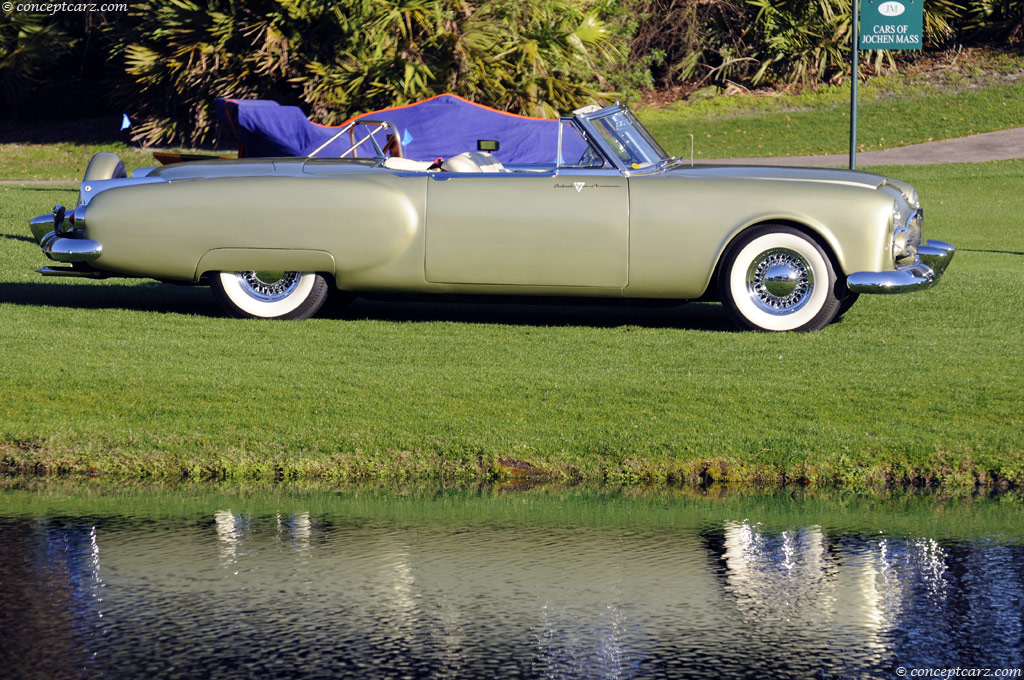
Convertible by Henney
View info and history

Convertible by Henney
View info and history
By the 1950s, all of the car companies had to have a sports car, even if it were merely a concept. They had to let the consumer know they realized what they wanted and that they were looking forward instead of remaining stuck in the past. This was Packard's problem to a 'T', at least in the minds of the public. Therefore, the company would intend to make a car with a body design that turned everyone's head. What's amazing about the whole thing is that Packard would turn to a company that would have appeared to be the last thought along these lines. Packard would have a one-off design built by Vignale back in 1948. However, when it wanted to really capture the imagination and attention of the public who would they turn to? Why Henney of course. Wait…Henney?
Henney was the company to see about an ambulance, a limousine or a hearse. Now if Packard was designing their own funeral then it seemed an ideal fit to have Henney design a car that could carry the company to its grave. But the former carriage company based in Illinois would be called upon to build a striking, sporty automobile. There wouldn't have been much of a chance, at least not with anyone apprised of the situation.
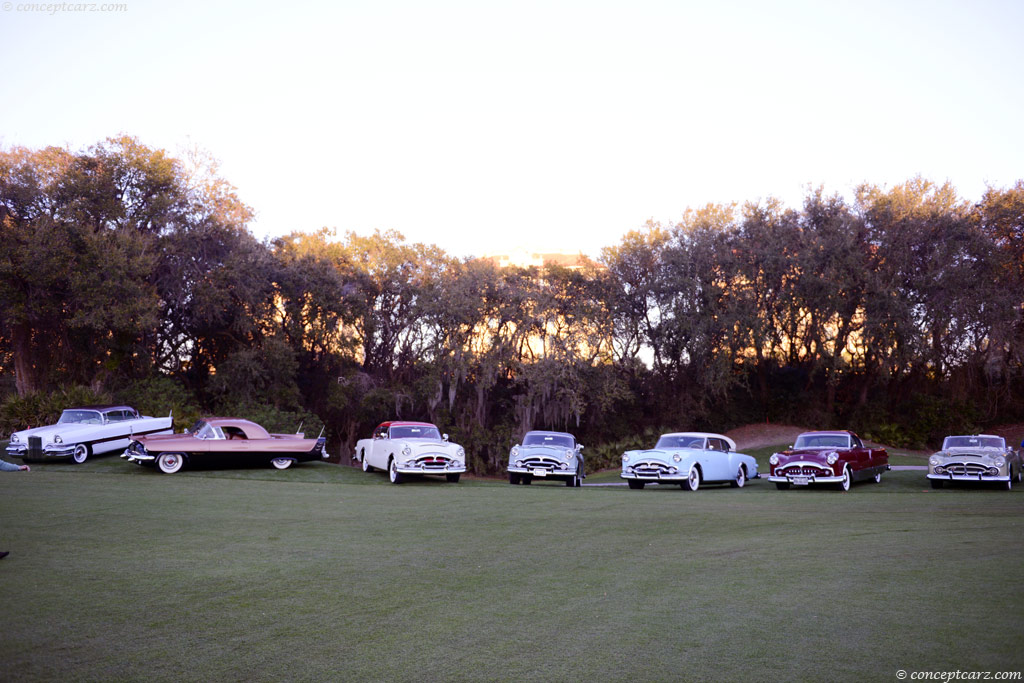
Convertible by Henney
View info and history
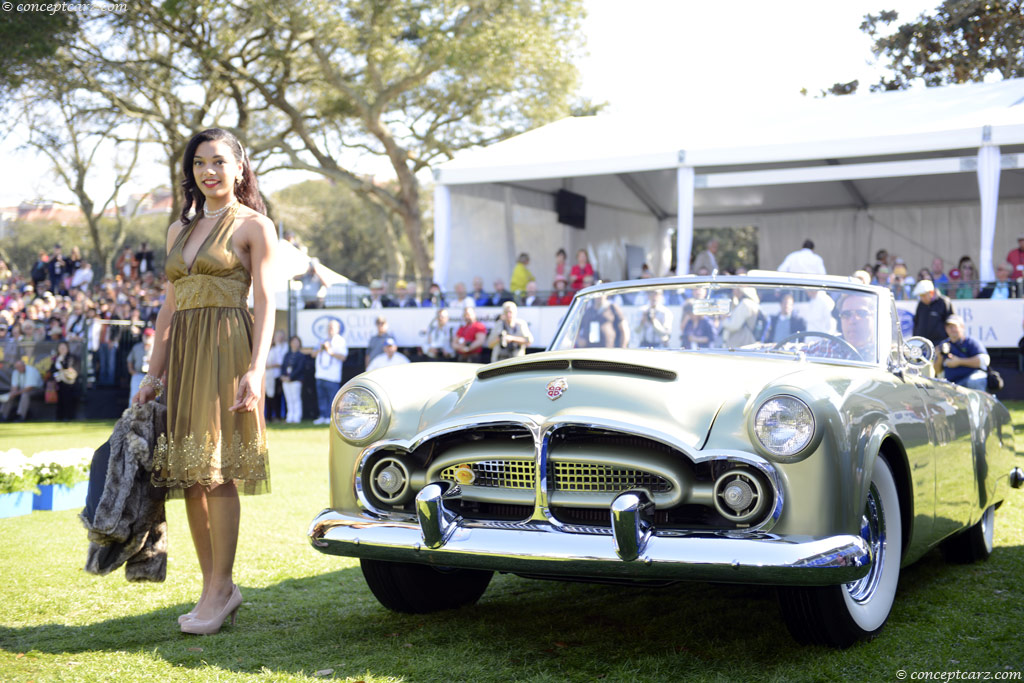
Convertible by Henney
View info and history
'1952-1954 Packard Panter and Pan American', (http://auto.howstuffworks.com/1952-1954-packard-panther-and-pan-american2.htm). HowStuffWorks. http://auto.howstuffworks.com/1952-1954-packard-panther-and-pan-american2.htm. Retrieved 26 March 2014.

Convertible by Henney
View info and history
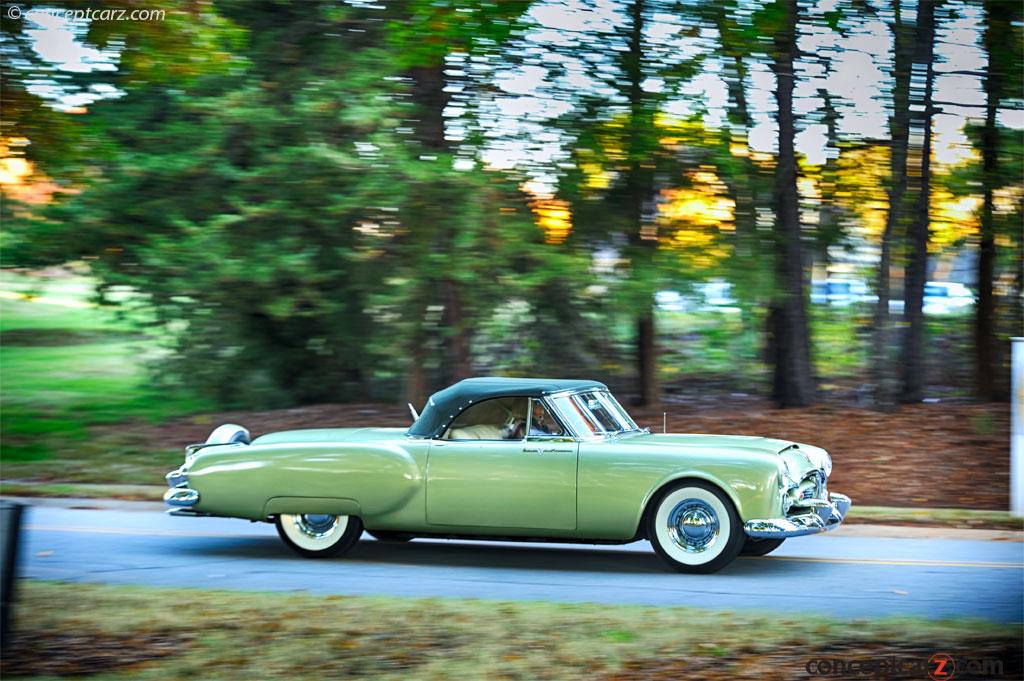
Convertible by Henney
View info and history
By Jeremy McMullen


































